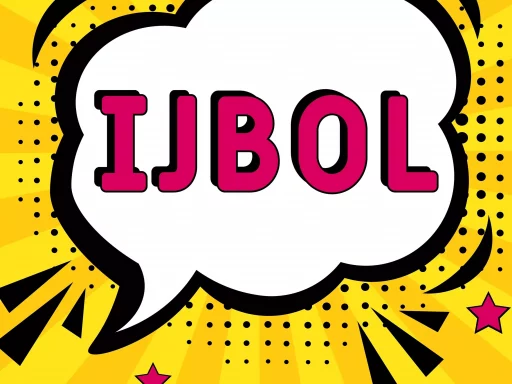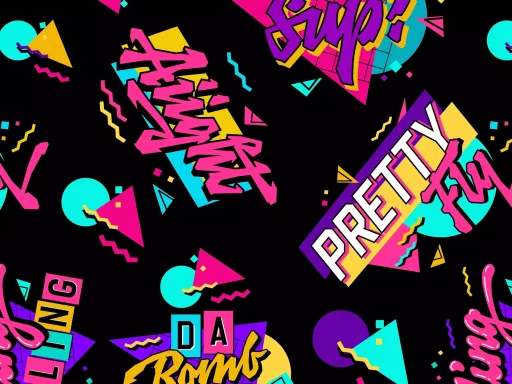Introduction
In the realm of online communication and contemporary slang, phrases evolve and transform continually. One such phrase that has garnered a mix of reactions is “no homo.” What does it truly mean, and how is it used in conversation? In this article, we will delve deep into the meaning of “no homo,” explore its usage in various contexts, and analyze its impact on modern language.
Origins of the Phrase
The phrase “no homo” emerged in the early 2000s during the rise of hip-hop culture. Specifically, it became popular in rap music as an attempt to assert masculinity among artists who might otherwise be perceived as expressing feelings or affection toward another man.
- Example: In a rap song, a male artist might say something like, “That outfit looks fresh, no homo.” This statement is meant to convey admiration without questioning his heterosexuality.
Understanding the Meaning
The phrase “no homo” is typically used by men when they make remarks that could be interpreted as suggesting a non-platonic affection for another male. The purpose of the phrase is to clarify that the speaker’s intentions are strictly platonic, thus distancing themselves from any perceived homosexual implications.
Examples of Usage
Here are a few common scenarios where the phrase “no homo” might be used:
- Complimentary Remarks: “You have a really nice beard, no homo.” This statement acknowledges the compliment without implying romantic interest.
- Team Sports: After a game, a player might say, “I love you guys, no homo,” to express camaraderie while maintaining a heterosexual image.
- Social Media: In Instagram captions or TikTok videos, users often say, “This is my best friend, no homo,” as a humorous way to express their bond while avoiding potential misunderstandings.
Criticism and Controversy
While “no homo” has a humorous and casual usage, it has not been without controversy. Critics argue that the expression reinforces harmful stereotypes surrounding masculinity and sexuality.
- Some suggest it perpetuates a culture where expressing affection between men is taboo, thereby discouraging healthy emotional expression.
- It can also be seen as a dismissive stance toward LGBTQ+ identities, reinforcing the idea that heterosexuality is the default.
For instance, a 2016 study from the University of California found that young men often use such phrases to navigate a complex social landscape concerning masculinity, often feeling pressure to conform to traditional gender norms.
Statistics on Language and Usage
Language evolves rapidly, and understanding how slang is utilized helps us grasp cultural shifts. According to a report by the Pew Research Center:
- 62% of young adults (ages 18-29) reported using slang terms in their daily conversations.
- Among this group, a significant portion (over 50%) acknowledged using phrases with ambiguous implications like “no homo” to navigate social interactions.
Modern Adaptations
In recent years, the phrase “no homo” has been both embraced and challenged, leading to adaptations that seek to be more inclusive. Some alternatives include:
- No cap: A term indicating that someone is speaking seriously, without exaggeration, which can help eliminate the need for “no homo” by focusing on authenticity.
- Straight up: This means being direct and honest in one’s statement, allowing for expressions of camaraderie without the need for qualifiers.
These alternatives reflect an ongoing conversation about language’s role in shaping identity and social norms.
Conclusion
The term “no homo” reflects a complex intersection of masculinity, humor, and societal expectations. While it has served as a tool for men to navigate their feelings and interactions, the phrase also invites important discussions about inclusivity and emotional expression. As language and culture continue to evolve, so too will the phrases and expressions we use to connect with one another.






